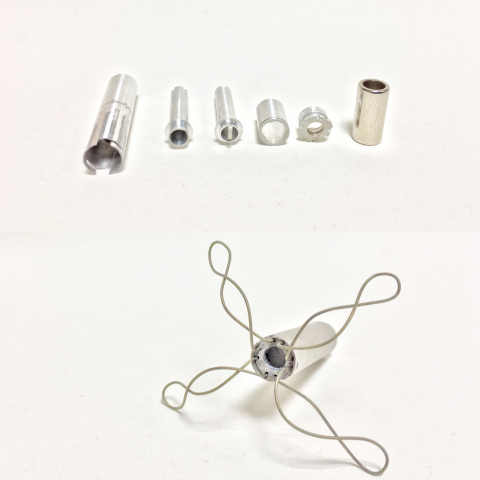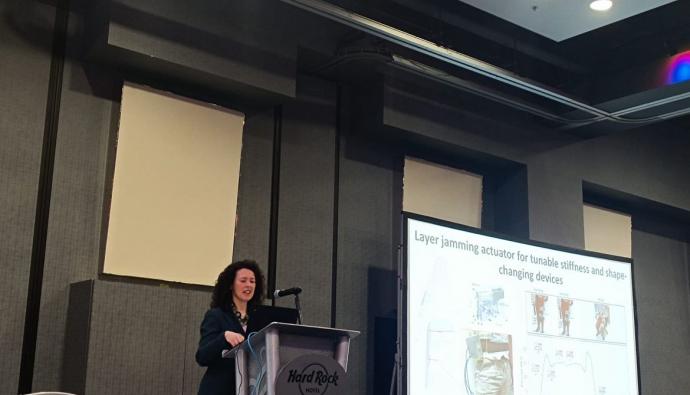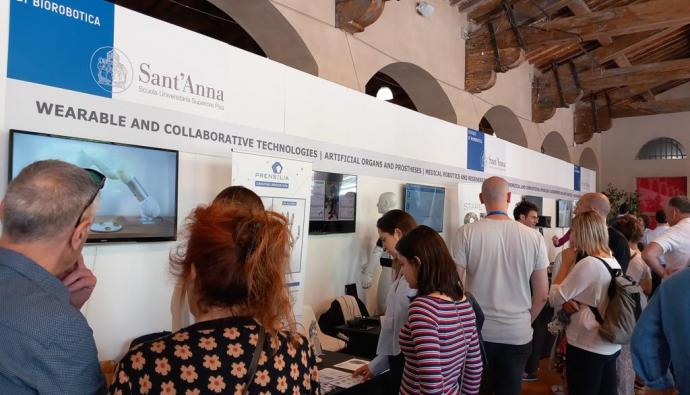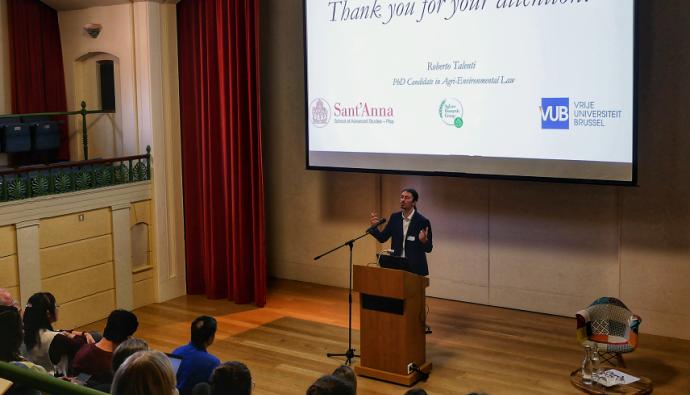BIOMEDICAL RESEARCH: TESTED A FIRST PROTOTYPE OF “Magnetically Controlled Endourethral Artificial Urinary Sphincter” FOR MINIMALLY INVASIVE SURGERY. A CLINICAL TRIAL LAUNCHED IN PARTNERSHIP WITH INAIL
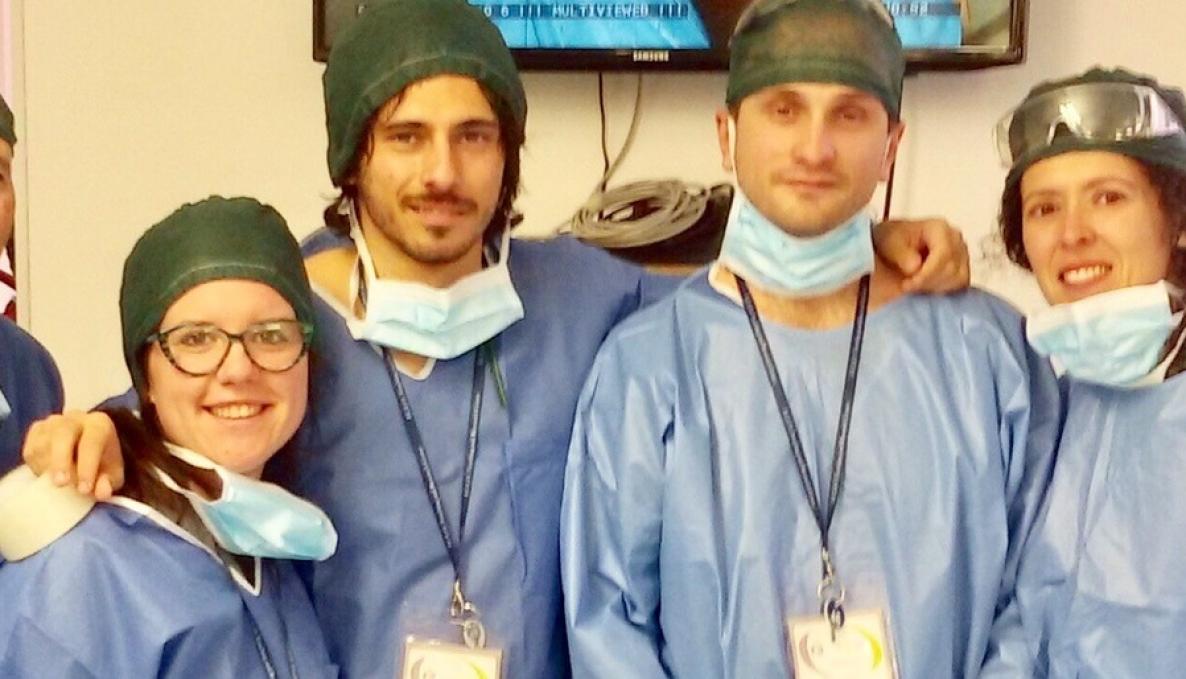
The main task was to find minimally invasive solutions to urinary incontinence, for men and women, a surgical procedure that can be performed on an outpatient basis, avoiding external catheters. The task was accomplished by a dedicated team of researchers including Professor Arianna Menciassi, team coordinator, and Leonardo Ricotti, researcher at Sant’Anna School Biorobotics Institute, under the auspices of SUAVES project funded by the Fondazione Cassa di Risparmio di Lucca. Sant’Anna School and INAIL have announced a clinical study partnership that will help to provide solutions for patients suffering from urinary incontinence.
Urinary incontinence is regarded as a major health issue affecting a large sector of the population. It has a great negative impact on the lifestyle of patients and is regarded as a burden on the healthcare system, since it affects an estimated 200 million patients in the world (2 million patients in Italy). The results of SUAVES project are presented in the paper “Magnetically Controlled Endourethral Artificial Urinary Sphincter” published in Annals of Biomedical Engineering journal, co-authored by Tommaso Mazzocchi, Novello Pinzi, Leonardo Ricotti and Arianna Menciassi. The project relates to a valve for an artificial urinary sphincter, which performs the functions of the external urinary sphincter, meant for treating urinary incontinence. Opening of the valve is controlled from outside the human body by the application of a magnetic field created by a permanent magnet. The valve is closed automatically by a permanent magnet placed inside the valve which is connected to a wire and sends small electrical pulses to nerves that control the bladder.
In 2013, Tommaso Mazzocchi was a student of Biorobotics and Dr.Novello Pinzi was serving as director of urology department at Campo di Marte Hospital in Lucca, the artificial sphincter was patented. Novello Pinzi promoted Mazzocchi’s idea of an artificial sphincter as an engine for both individual growth and improvement of our medical system. Dr. Pinzi provided intellectual leadership by helping create the vision of the potential benefits of artificial devices for treating urinary incontinence. Later in 2013 Tommaso Mazzocchi earned his master’s degree and received a scholarship from Sant’Anna School.
Arianna Menciassi grasped the potential of Mazzocchi’s idea and started working on a medical device prototype, with no external funding. Today’s research at Sant’Anna School is supported by the Carilucca bank foundation and INAIL.

